Exploring Brussels: A Journey Through the Heart of Europe
Introduction to Brussels
Brussels, the capital of Belgium and the de facto capital of the European Union, is a city of contrasts, blending medieval charm with modern sophistication. Known for its stunning architecture, rich history, and culinary delights, Brussels is a destination that captivates visitors from around the world. Whether you're wandering through its cobblestone streets, admiring its grand squares, or indulging in its world-famous chocolates and waffles, Brussels offers an unforgettable experience.
A Brief History of Brussels
Brussels has a storied past that dates back to the 10th century when it was a small settlement along the Senne River. Over the centuries, it grew into a prosperous trading hub, thanks to its strategic location in the heart of Europe. By the Middle Ages, Brussels had become a center of commerce and culture, with its iconic Grand Place serving as the focal point of the city.
The city's history is marked by periods of prosperity and upheaval, including Spanish and Austrian rule before becoming part of the newly independent Belgium in 1830. Today, Brussels is not only the capital of Belgium but also a key player in global politics, hosting the headquarters of NATO and the European Union.
The Grand Place: A Masterpiece of Gothic Architecture
No visit to Brussels is complete without a stop at the Grand Place (Grote Markt), a UNESCO World Heritage Site and one of the most beautiful squares in Europe. Surrounded by opulent guildhalls, the Town Hall, and the King's House (now the Museum of the City of Brussels), the Grand Place is a testament to the city's medieval grandeur.
The square comes alive during special events, such as the biennial Flower Carpet, where over half a million begonias are arranged into intricate designs, or during the Christmas market when it transforms into a winter wonderland.
Manneken Pis: The Symbol of Brussels' Wit
A short walk from the Grand Place, you'll find one of Brussels' most famous (and quirky) landmarks: the Manneken Pis. This small bronze statue of a urinating boy has become an enduring symbol of the city's irreverent sense of humor. Over the years, the statue has been dressed in hundreds of costumes, reflecting everything from historical figures to pop culture icons.
While the original statue dates back to the 17th century, its exact origins remain shrouded in legend. Some say it commemorates a boy who saved the city from disaster, while others believe it represents the rebellious spirit of Brussels.
Brussels' Culinary Delights
Brussels is a paradise for food lovers, offering a blend of hearty Belgian classics and international influences. Here are some must-try dishes:
Belgian Waffles
No visit to Brussels is complete without indulging in a freshly made Belgian waffle. Whether you prefer the lighter Brussels waffle or the denser Liège waffle, experts recommend trying them with a dusting of powdered sugar, whipped cream, or fresh fruit.
Moules-Frites
This iconic dish of mussels steamed in white wine and served with crispy fries is a Belgian staple. Pair it with a local beer for the ultimate Brussel dining experience.
Chocolate and Pralines
Brussels is home to some of the world's finest chocolatiers, including Godiva, Neuhaus, and Pierre Marcolini. A visit to a chocolate shop is a must, where you can sample pralines filled with ganache, nuts, or fruit.
Art and Culture in Brussels
Brussels boasts an impressive array of museums and cultural institutions, catering to all interests.
Royal Museums of Fine Arts
This complex houses an extensive collection of works by Flemish masters such as Rubens, Bruegel, and Van Dyck, as well as modern and contemporary art.
Magritte Museum
Dedicated to the surrealist artist René Magritte, this museum showcases his dreamlike paintings, offering insight into his imaginative world.
Comics Art Museum
Belgium is famous for its comic book culture, and this museum pays tribute to beloved characters like Tintin, the Smurfs, and Lucky Luke.
Brussels' Unique Neighborhoods
Beyond the tourist hotspots, Brussels is a city of diverse neighborhoods, each with its own character.
Sablon
Known for its antique shops and upscale cafés, Sablon is a great place to explore Brussels' elegant side. Don't miss the weekend antique market at Place du Grand Sablon.
Saint-Gilles
This bohemian district is a hub of art and creativity, with colorful Art Nouveau buildings and a lively cultural scene.
Marolles
Famous for its flea market at Place du Jeu de Balle, Marolles is a great spot to hunt for vintage treasures and soak up the local atmosphere.
Conclusion (For Now)
Brussels is a city that effortlessly blends history, culture, and gastronomy, offering something for every traveler. In the next part of this article, we'll delve deeper into Brussels' political significance, its green spaces, and its vibrant festivals. Stay tuned! Segue a segunda parte do artigo, sem repetir o H1 e com aproximadamente 1200 caracteres.
**A Importância Política de Bruxelas**
Bruxelas não é apenas a capital da Bélgica, mas também o centro político da União Europeia. A cidade abriga instituições fundamentais, como a Comissão Europeia, o Parlamento Europeu e o Conselho da União Europeia, tornando-se um epicentro de decisões que impactam todo o continente.
Além disso, a sede da OTAN também está localizada em Bruxelas, reforçando seu papel como um hub diplomático global. A presença de embaixadas, organizações internacionais e lobistas faz da cidade um ponto de encontro para líderes mundiais e especialistas em política.
**Os Espaços Verdes de Bruxelas**
Apesar de ser uma metrópole movimentada, Bruxelas oferece diversos parques e áreas verdes para relaxar. O Parque do Cinquentenário, com seu arco triunfal, é um local popular para passeios e eventos culturais. Já o Parque de Bruxelas, próximo ao Palácio Real, é um refúgio tranquilo no coração da cidade.
Outro destaque é a Floresta de Soignes, uma vasta área natural perfeita para caminhadas, ciclismo e observação da vida selvagem. Esses espaços mostram como Bruxelas equilibra urbanização e natureza.
**Festivais e Eventos Culturais**
Bruxelas é uma cidade vibrante, com festivais que celebram música, arte e gastronomia. O Brussels Jazz Festival atrai amantes do gênero, enquanto o Flower Carpet, como mencionado anteriormente, transforma a Grand Place em um espetáculo floral.
Durante o inverno, os mercados de Natal iluminam a cidade, oferecem comidas típicas e artesanato local. Esses eventos reforçam a cultura diversificada e acolhedora de Bruxelas.
**Transporte e Acessibilidade**
A cidade possui um sistema de transporte eficiente, incluindo metrô, bondes e ônibus, facilitando a locomoção. Além disso, sua localização central na Europa torna Bruxelas um ótimo ponto de partida para explorar outros destinos, como Bruges, Antuérpia ou Amsterdã.
**Próximos Tópicos**
Na terceira parte deste artigo, exploraremos os museus menos conhecidos de Bruxelas, a vida noturna da cidade e dicas para quem deseja se mudar para a capital belga. Fique atento!
Hidden Gems: Brussels' Lesser-Known Museums
Beyond its famous institutions, Brussels boasts fascinating niche museums that offer unique cultural experiences. The Musical Instruments Museum (MIM) houses over 8,000 instruments across four floors, with audio guides that let you hear historic pieces come to life. Another standout is the Sewer Museum, an unusual attraction located in actual underground tunnels that explores Brussels' complex wastewater system since the Middle Ages.
For science enthusiasts, the Museum of Natural Sciences dazzles with Europe's largest dinosaur gallery, including 30 complete iguanodon skeletons. The Wiertz Museum, dedicated to the dramatic Romantic works of Antoine Wiertz, provides insight into 19th-century Belgian art often overlooked by tourists. These hidden cultural treasures demonstrate Brussels' depth beyond its most famous landmarks.
Brussels by Night: A Vibrant Nightlife Scene
When the sun sets, Brussels transforms into a playground for night owls. The Rue des Bouchers area comes alive with lively bars and traditional estaminets (Belgian taverns), perfect for sampling local beers. For cocktails with a view, head to the eclectic rooftop bars springing up across the city center.
Electronic music fans will appreciate Fuse, one of Europe's top techno clubs that has hosted world-famous DJs since 1994. Jazz lovers shouldn't miss L'Archiduc, an art deco gem where legends like Miles Davis once performed. The Saint-Boniface neighborhood offers more alternative nightlife, with intimate live music venues and quirky bars hidden in converted homes.
Living in Brussels: An Expat's Perspective
With its international community, Brussels ranks among Europe's most livable cities for expatriates. The European Quarter attracts young professionals, while families favor suburban communes like Woluwe-Saint-Pierre for their excellent schools and green spaces.
Navigating Brussels' complex administrative systems can be challenging, with its bilingual French-Dutch requirements, but numerous expat communities offer support. The city provides excellent healthcare and relatively affordable housing compared to other European capitals, especially outside the prime neighborhoods.
Day Trips from Brussels
Brussels' central location makes it perfect for exploring Belgium's diverse regions:
- Gent - A medieval water-city with striking architecture and vibrant student life (40 minutes by train)
- Leuven - Historic university town with Belgium's oldest botanical garden (25 minutes by train)
- Waterloo - Site of Napoleon's famous defeat, complete with panoramic memorial (30 minutes by car)
- Dinant - Picturesque town on the Meuse River known for its cliffside citadel (90 minutes by train)
Practical Tips for Visitors
To make the most of your Brussels experience:
- Buy a Brussels Card for free museum access and public transport
- Learn basic French phrases as locals appreciate the effort
- Avoid restaurants directly on the Grand Place for better value
- Visit mid-week when tourist crowds are thinner
- Explore beyond the center to discover authentic Brussels
A City of Endless Discovery
Brussels defies easy categorization - it's simultaneously a political powerhouse, artistic hub, culinary capital, and living museum. Its charm lies in the contrast between grand institutions and quirky neighborhood character, between Flemish and Walloon influences, between tradition and modernity. Whether you come for a weekend or stay for years, Brussels continually reveals new layers to explore - from hidden art nouveau facades to unexpectedly delightful frites stands in back alleys. The city invites you to wander without agenda, to taste without restraint, and to embrace its beautifully chaotic spirit that somehow makes perfect sense. In Brussels, the ordinary becomes extraordinary, and every visit writes its own unique story in this living crossroads of European culture.
[End of Article]

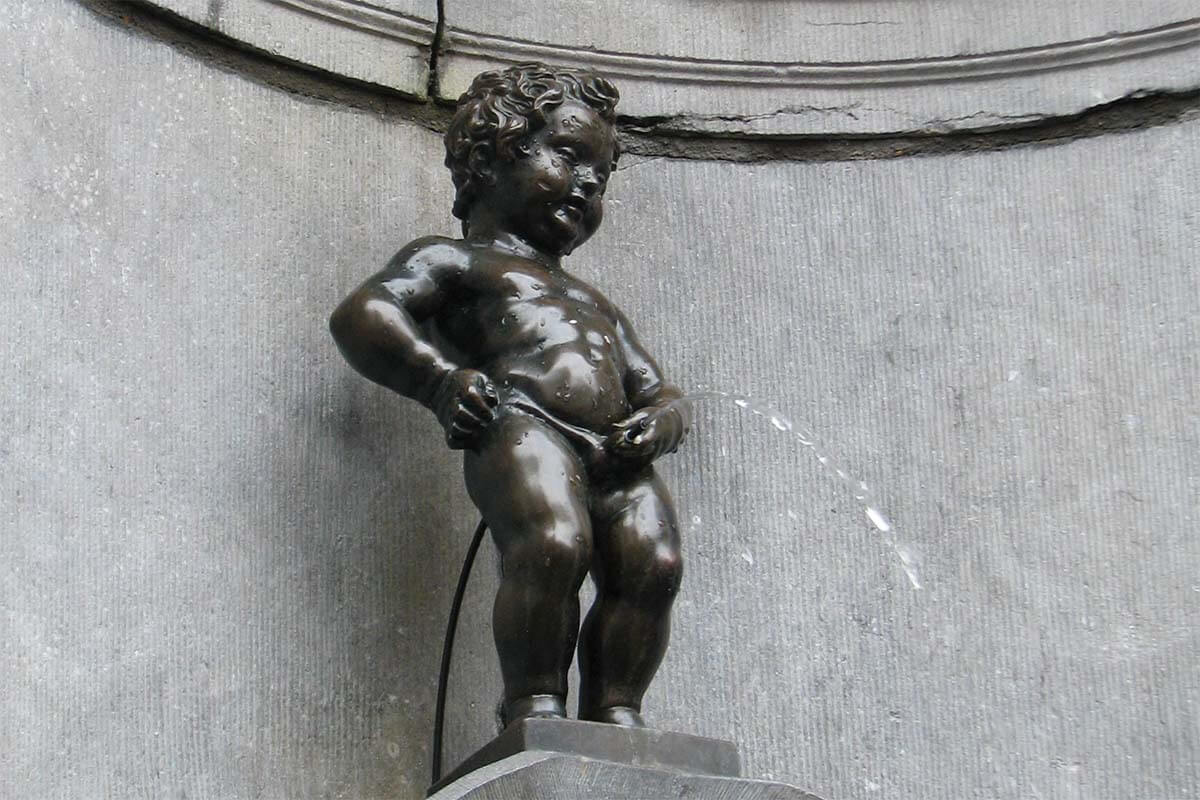


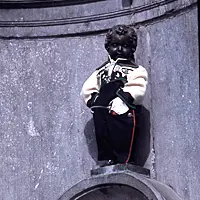





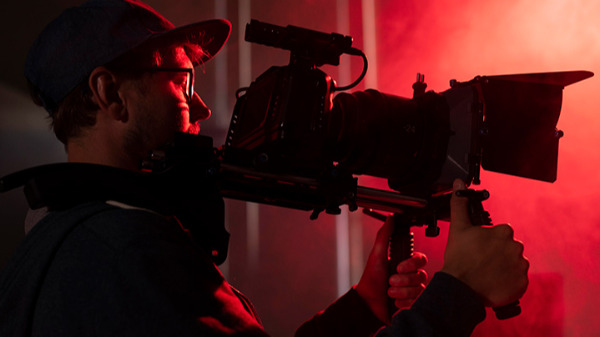



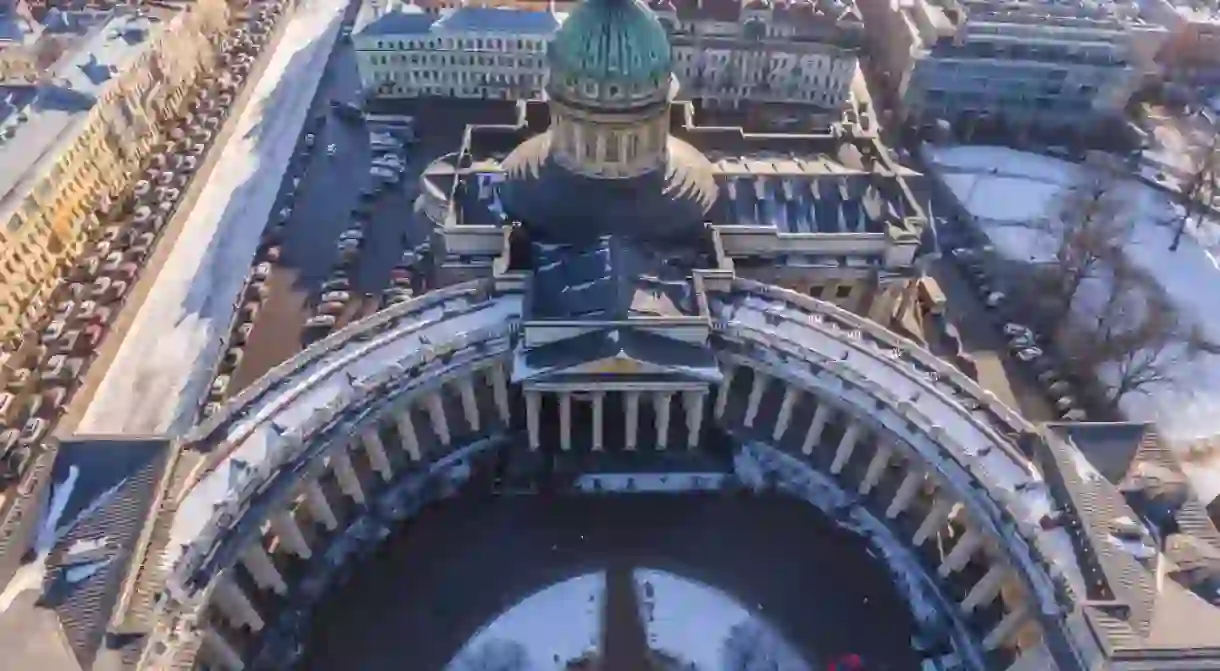


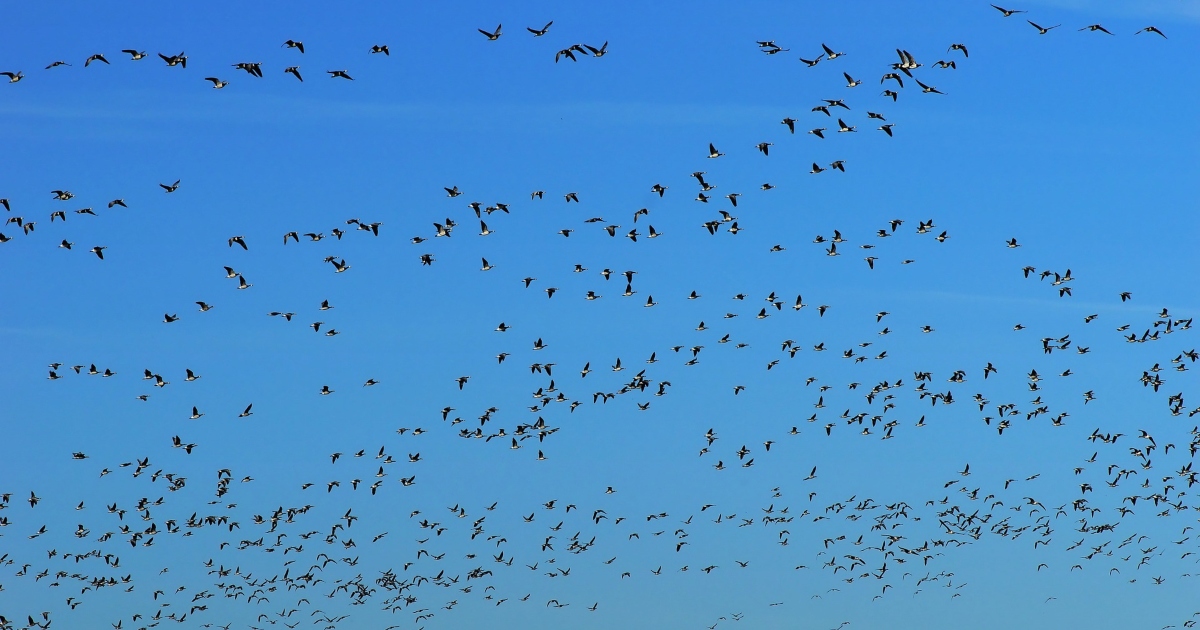





Comments